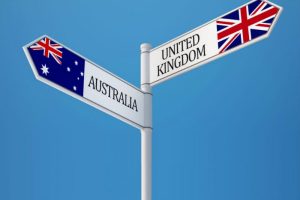Overview of New Brunswick’s Economy
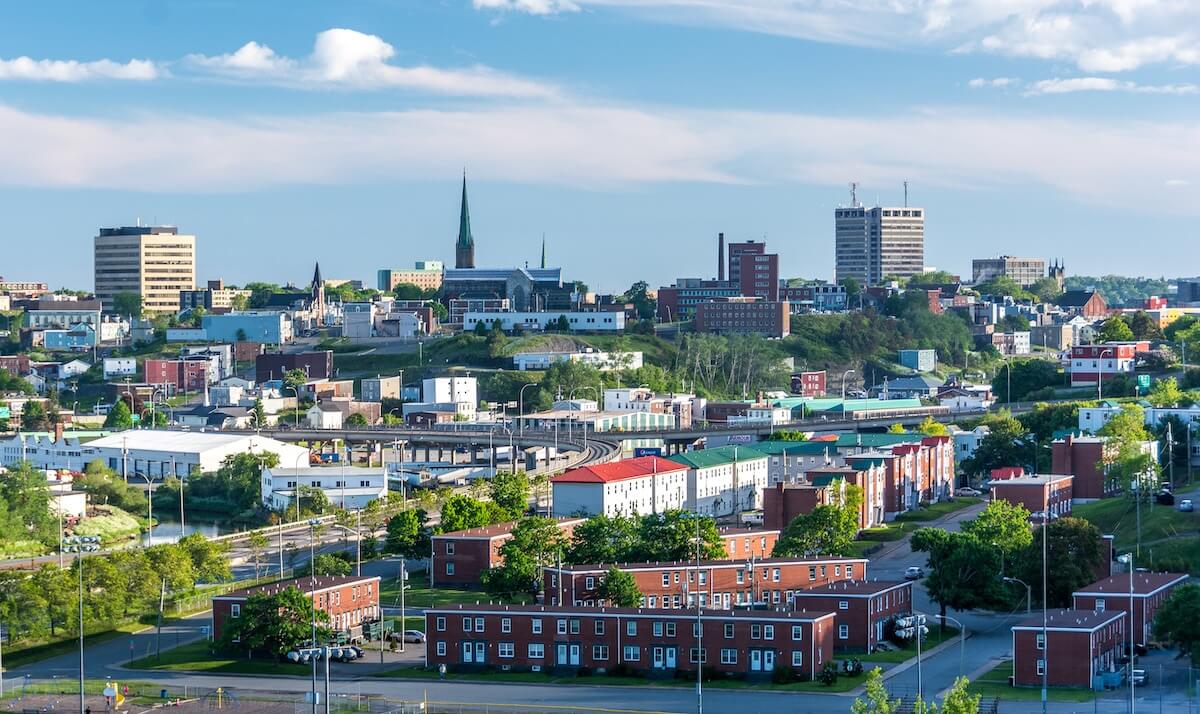
New Brunswick is one of four Atlantic provinces on the East coast of Canada. It is 83% forested and less densely populated than the rest of the Maritimes.
A large portion of New Brunswick’s economy is controlled by the Irving Group of Companies, which consists of the holdings of the family of K. C. Irving. The companies have significant holdings in agriculture, forestry, food processing, freight transport (including railways and trucking), media, oil, and shipbuilding.
As of 2002, provincial gross domestic product was derived as follows: services (about half being government services and public administration) 43%; construction, manufacturing, and utilities 24%; real estate rental 12%; wholesale and retail 11%; agriculture, forestry, fishing, hunting, mining, oil and gas extraction 5%; transportation and warehousing 5%.
Services
As of October 2017, seasonally-adjusted employment is 280,900 for the services-producing sector. Most of them work in social assistance, trades, and health care.
Tourism accounts for about 9% of the labour force directly or indirectly. Popular destinations include Fundy National Park and the Hopewell Rocks, Kouchibouguac National Park, and Roosevelt Campobello International Park. In 2013, 64 cruise ships called at Port of Saint John, carrying, on average, 2,600 passengers each.
Agriculture, forestry, fishing, hunting, mining, oil and gas extraction
About 83% of New Brunswick is forested. Historically important, it accounted for more than 80% of exports in the mid-1800s. By the end of the 1800s the industry, and shipbuilding, were declining due to external economic factors. The 1920s saw the development of a pulp and paper industry. In the mid-1960s, forestry practices changed from the controlled harvests of a commodity to the cultivation of the forests. The industry employs nearly 12,000, generating revenues around $437 million.
Mining was historically unimportant in the province, but has grown since the 1950s. The province’s GDP from the Mining and Quarrying industry in 2015 was $299.5 million. Mines in New Brunswick produce lead, zinc, copper, and potash.
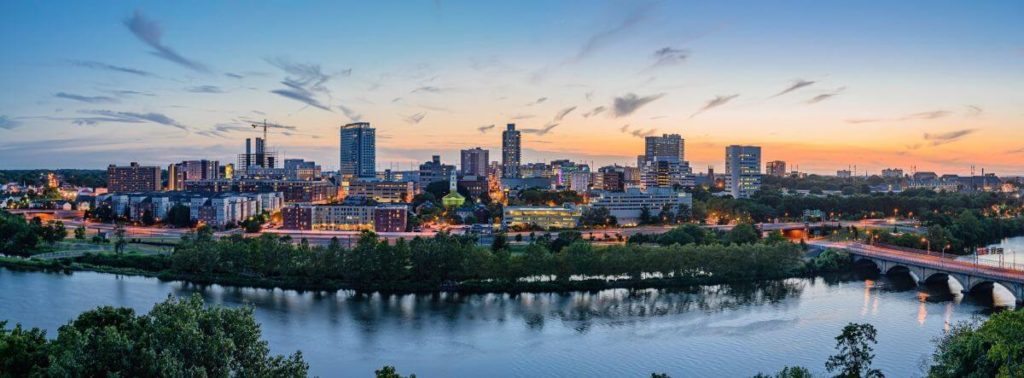
McCain Foods is one of the world’s largest manufacturers of frozen potato products. Other products include apples, cranberries, and maple syrup. New Brunswick was in 2015 the biggest producer of wild blueberries in Canada. The value of the livestock sector is about a quarter of a billion dollars, nearly half of which is dairy. Other sectors include poultry, fur, and goats, sheep, and pigs.
The United States is the province’s largest export market, accounting for 92% of a foreign trade valued in 2014 at almost $13 billion, with refined petroleum making up 63% of that, followed by seafood products, pulp, paper and sawmill products and non-metallic minerals (chiefly potash). The value of exports, mostly to the United States, was $1.6 billion in 2016. About half of that came from lobster. Other products include salmon, crab, and herring. In 2015, spending on non-resident tourism in New Brunswick was $441 million, which provided $87 million in tax revenue.
Transportation
The Department of Transportation and Infrastructure maintains government facilities and the province’s highway network and ferries. The Trans-Canada Highway is not under federal jurisdiction, and traverses the province from Edmundston following the Saint John River Valley, through Fredericton, Moncton, and on to Nova Scotia and Prince Edward Island.
Canadian National Railway operates freight services along the route from Montreal to Halifax, as well as a subdivision from Moncton to Saint John. The New Brunswick Southern Railway, a division of J. D. Irving Limited, together with its sister company Eastern Maine Railway form a continuous 305 km (190 mi) main line connecting Saint John and Brownville Junction, Maine.
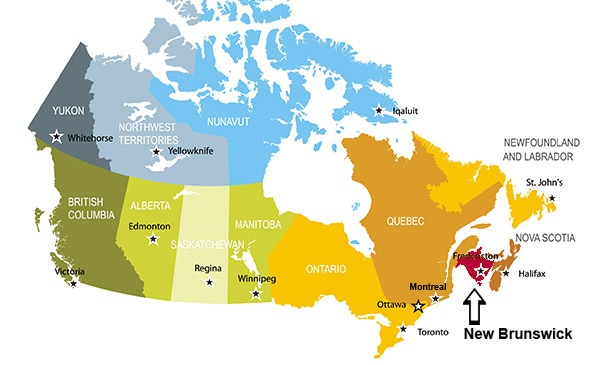
Why investing in New Brunswick?
Located on Canada’s east coast along the Atlantic Ocean, New Brunswick offers a distinct way of life and exciting career opportunities. New Brunswick’s Economic Immigration Programs help skilled workers to immigrate to the Province. Here are top 10 reasons why you should invest in New Brunswick:
1. Low cost of doing business
On average, cities in New Brunswick have an 18% business cost advantage over the G7 average (KPMG Competitive Alternatives 2016).
2. A skilled and motivated workforce
New Brunswick has the highest average job tenure in Canada at 9.3 years, more than double the U.S. average of 4.6 years (2015 Statistics Canada and 2014 Bureau of Labor Statistics).
3. World-class communications infrastructure
New Brunswick provides leading access to fiber connectivity, high‐speed data, rural broadband and 4G satellite data.
4. Competitive corporate tax structure
New Brunswick’s general corporate income tax rate is the lowest in Atlantic Canada with the lower rate of 2.5% and the higher rate of 14%.
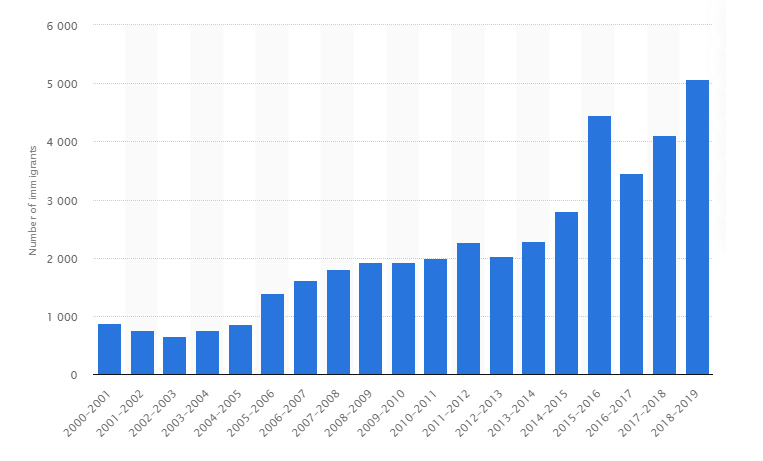
5. Higher education resources
Employers constantly benefit from New Brunswick’s four universities, 11 colleges and their 7,000 annual graduates.
6. Multi-modal transportation infrastructure
New Brunswick is closer to Europe than any U.S. seaport, and it has same-day access to more than 100 million North Americans.
7. Tailor made incentives
New Brunswick provides financial assistance through payroll rebates, income tax credits, wage assessments, skills training investment credits and more.
8. Affordable land and real estate
Facility lease costs in New Brunswick are on average 43% lower compared with costs across the G7 countries (KPMG Competitive Alternatives 2016).
9. Ideal location
New Brunswick is close to major markets in Europe, the North-East U.S. and the rest of Eastern Canada. Its time zone makes New Brunswick the perfect location to reach these markets in the same business day.
10. Unsurpassed quality of life
Numerous New Brunswick communities have been named Canada’s “Best Places to Live” by MoneySense, boasting short commutes, affordable housing and easy access to nature.
Read more about frequently asked questions about New Brunswick Provincial Nominee Program



